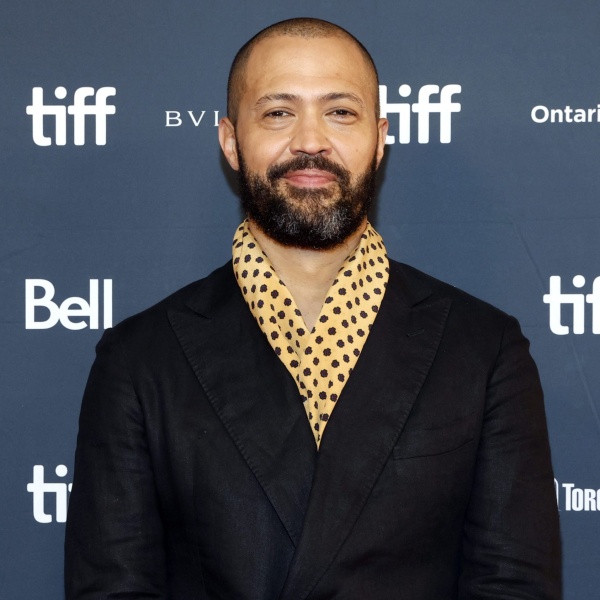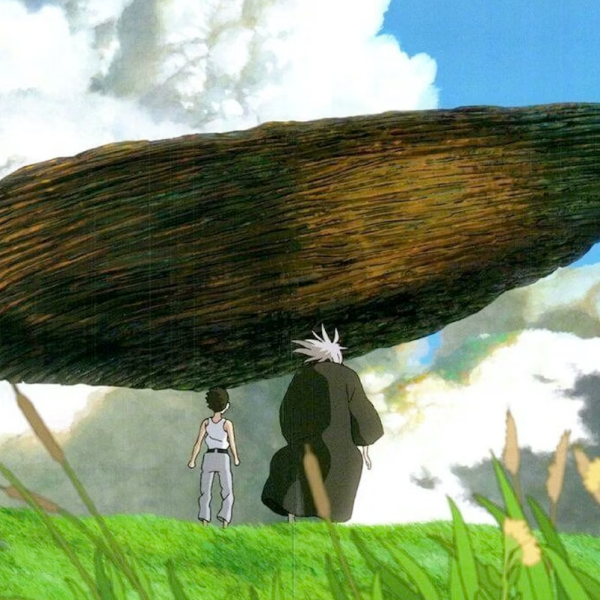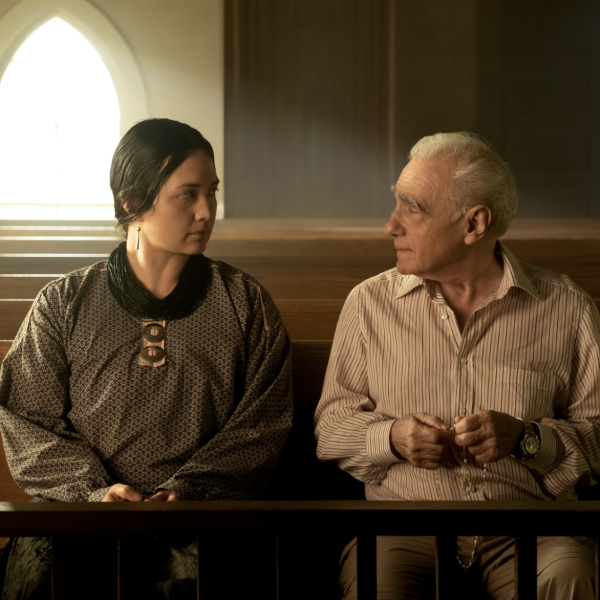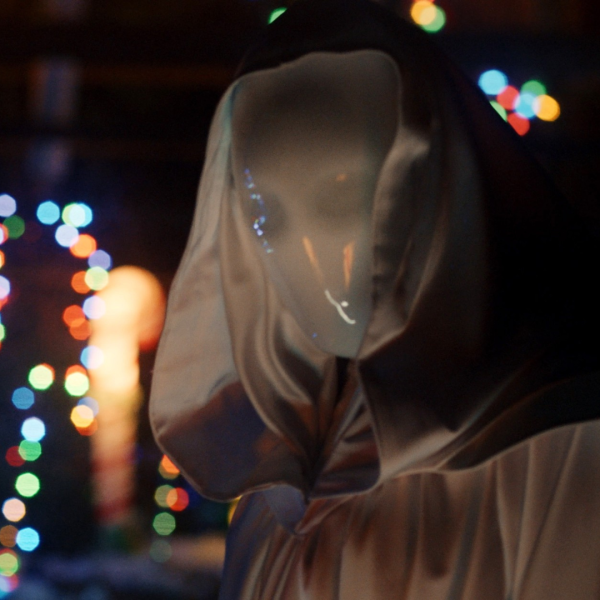And More From The Director On The Alien Invasion Film

From the moment the lights dimmed in the Alamo Drafthouse where we first saw Joe Cornish‘s comedic sci-fi thriller “Attack the Block” at this year’s SXSW film festival, we were hooked. Since then, we’ve watched as the film has gone through wild ups-and-downs: first the rapturous response in Austin (where it ended up taking home an Audience Award), to its acquisition by Sony‘s Screen Gems division, to the somewhat limited theatrical release it got this summer. It felt very much like those that saw “Attack the Block” absolutely adored it… it’s just that not many people saw it.
Thankfully, home video, the great equalizer, working in tandem with everyone being in the spooky-kooky Halloween spirit, should set things right. The home video package (hitting both DVD and luxurious Blu-ray this week) is an absolute knock-out, featuring three commentary tracks, an hour-long behind-the-scenes documentary chronicling the film’s production, and several other mini-documentaries about the cast, creatures, and scenes that didn’t make the final cut (mostly due to crunchy budgetary reasons). We got to speak to writer-director Joe Cornish about developing “Attack the Block,” working with Basement Jaxx who delivered the pulsating electronic score, the assistance of Edgar Wright‘s regular collaborators, and the benefits of being an old man director.
“It came to me a long time ago,” Cornish says about the initial concept of “Attack the Block.” ” Like any aspiring filmmaker I always have a lot of ideas rattling around in my brain and I was looking for an idea that was similar to the low budget/high concept movies I loved when I was growing up, like ‘The Terminator‘ or ‘Duel‘ — those directors that decide to make something a little bit too ambitious for their first film,” he explained adding that the film was also inspired by a real life event, and a recent movie (at the time). ” I was the victim of an underage robbery in my neighborhood and I found the whole event pretty unconvincing – I thought the kids were pretty scared looking and I felt like there was more to them. I found it an interesting event. And then I went to see ‘Signs,’ the M. Night Shyamalan film, which tells you how long I’ve been thinking about this. And it reminded me of how much I loved alien siege movies and how there aren’t that many out there.”
The combination of the two incidents – the mugging and “Signs” (an event that some would argue was probably more horrific than the mugging), turned into the basic idea of the film. Cornish said, “I thought how would that change if it happened around here [meaning London].” He continued to ponder: “How would the architecture change it? How would the social conditions change it? And what would happen if those kids who robbed me got caught up in it? How would that flip their personalities, how would that challenge them, and could that turn a negative into a positive?”
One of the things that made the process of making an overtly ambitious first film was the fact that he had Big Talk Productions, Nira Park‘s production company that works closely with Edgar Wright (excitingly, they’ll be producing “Kill List” director Ben Wheatley‘s new movie), behind him. Cornish said he was “able to borrow some of Edgar’s creative time, the production designer Marcus Roland and Spectral Motion, who had just finished working on ‘Paul.’ The same with Double Negative, who did the effects for ‘Paul’ and ‘Scott Pilgrim.’ So it was really taking advantage of the relationship Big Talk had with those companies.”
Cornish said that it was also key that he waited before mounting his first feature. The very-much-forty-year-old Cornish said, “I think I benefited from waiting; I’m in my late 60s now. And in the U.K. there are a lot of first time directors, not that many second time directors, and very few third time directors, so I figured that if I was going to give it a shot, I should be ambitious. And if it was a success it would have really paid off and if it was a disaster it would have at least been a heroic disaster. That was my approach.”
As to what Edgar Wright’s role was in “Attack the Block,” Cornish says, “I think the most important thing he did was give me confidence as a writer.” After going to film school, Cornish “took the Robert McKee course when I was in my early 20s and I read every screenwriting book there was and it just gave me writer’s block. It made me feel like everything I wrote was wrong. You have to hold your work up to that complicated paradigm and everything I did always felt like it fell short.” This all changed when he started working with Wright on a high profile adaptation for Marvel. “When Edgar and I started working on ‘Ant-Man,’ he taught me various things – how to be disciplined about it, how to structure your day, the importance of research. And he just has a confidence and a gung-ho attitude that was really enabling. It made me say, ‘Forget all that screenwriting stuff and trust your gut more.’ I feel good about hovering around him like a weird pickpocket for the past ten years.”
Another key collaborator on “Attack the Block” is British electronic duo Basement Jaxx, who added a level of funky charm to the movie and gave it its bounce. “I didn’t want to make a soundtrack of needle drops or pop records. I wanted a proper organic score that was shaped to the action,” Cornish said.
Still, easier said than done. When trying to find contemporary music to use for the scratch score, he hit some roadblocks. “It wasn’t as if we could score the movie to temp tracks. In fact, we had a lot of difficulty scoring the movie using cues from other movies. Apart from John Carpenter‘s stuff we couldn’t really find anything that was similar. There was a lot of generic ‘Bourne Identity‘-style chase music and pompous orchestral stuff.”
Eventually another Edgar Wright veteran came to the rescue. “The music supervisor Nick Angel, who again works on all of Edgar’s films, he suggested Basement Jaxx,” Cornish said. “Basement Jaxx are from Brixton, they played their first gigs at a venue at the bottom of the hill where we shot the mugging at the beginning of the film, and they just immediately sounded right – they’re percussive but everything they do has a joy and positivity to it. It happened pretty late in the process. We were kind of really worried we weren’t going to be able to nail it in time. But they came to the editing room, saw 20 minutes of the film, and a few days later emailed me some musical sketches and that riff that you hear in the film was what they sent me. And I remember the palpable sense of relief when I hit play on that email. I thought: ‘Thank fuck they nailed it.’ I was so happy.”
When we suggested there should be a score-only option on a reissue of the DVD/Blu-ray, Cornish said, simply, “That’s a good idea.”
Speaking of the DVD and Blu-ray, he seemed rather thrilled at the chance for more people to see the movie. It had an ecstatic audience response at SXSW, an experience that overwhelmed the director as he recalls, “I was so terrified of what the response would be that I went into emotional shutdown mode to protect myself from any reaction… in my memory it’s like a bright white light.” And he hopes people can recreate that atmosphere at home (especially given the date of the release). “It’s good timing – a good Halloween movie. I’d love it if some friends got around and turned the lights down, watch it on the big screen, turn the music up, have a glass of beer or get yourself in the right frame of mind and enjoy it. It’s only 88 minutes.”
Cornish says he worked hard on the home video release, since he’s a home theater fanatic (“I also have a 1080p projector and a big screen at home and a very nice surround system… it’s very important to me that picture quality is good and that the sound is good”), in part because he wanted to remain faithful to the blown out, comic book-y style presentation of the movie. “We always wanted to make it look like a ’70s Disney movie with those lush, lush colors,” Cornish explained. “We wanted to react against the hand-held, de-saturated, hyper-real thing and go back to color and depth and richness and framing.”
The filmmaker is quick to dismiss claims that the movie failed to connect with American audiences because it was “too British.” ” I don’t think so, no,” he said, about the question of whether or not the heavy accents had affected its domestic chances. “But I have to say I went through the subtitles on the Blu-ray and DVD very thoroughly, with the full knowledge that some of my international viewers may need to activate them.”
And what of further adventures of the misfit youths tasked with defending earth from extraterrestrial invaders. Will there be an “Attack the Block 2?” Cornish seemed pretty noncommittal. “That’s just something I find fun to think about and come up with ideas about. I’ve been so wrapped up in promoting it and am about to start work on a completely different thing but it’s just fun to think about what it could be,” he said. “Edgar had an idea and we were just talking about doing a Probs and Mayhem spin-off where there would be a massive alien invasion but you were seeing it from the point of view of two latchkey eleven-year-olds. There’s nothing serious or definite. I just like thinking about it.”
“Attack the Block” is on DVD and Blu-ray (which is totally worth springing for) today.



